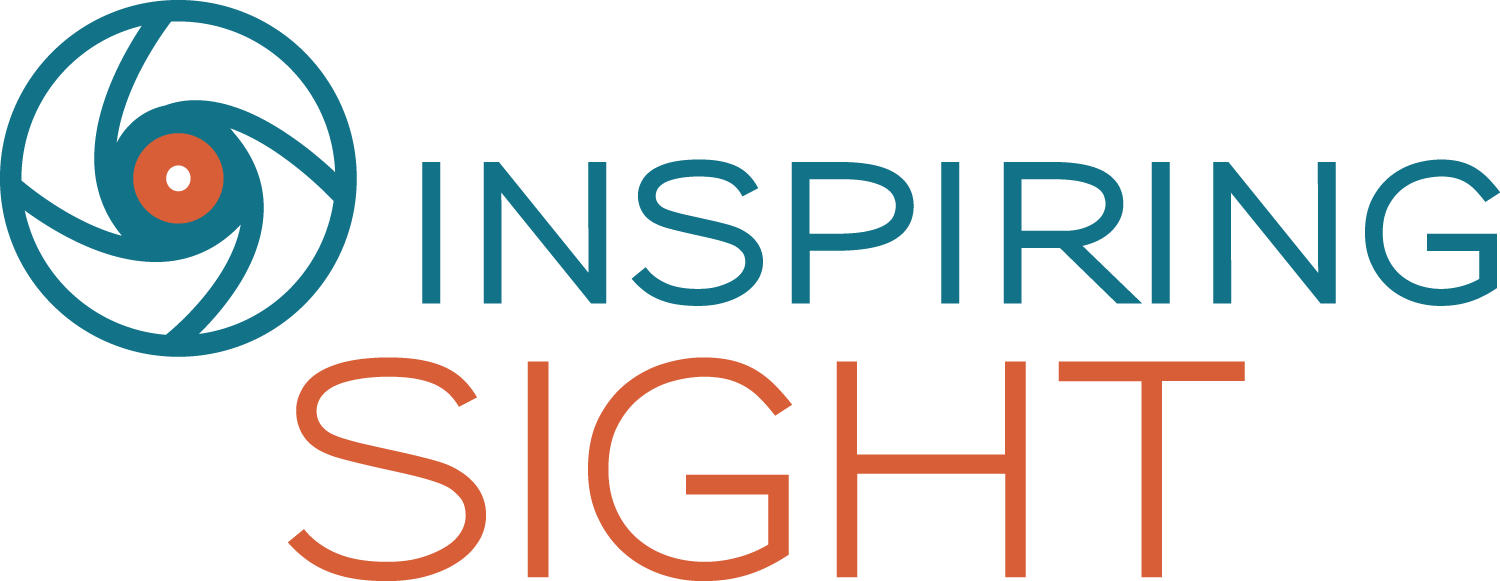New Perspectives Glean New Results
Prior to the pandemic it was difficult for many to envision taking a walk in the middle of the workday, let alone making a work call while on a walk instead of at one’s desk.
Fast forward two years, and leaders are shining a new lens on approaches to what’s acceptable for getting one’s work done, including how, where, and when. While a global pandemic may not have been the perspective any of us were seeking, living through it shined some welcome light on the issue of burnout, mental health, work-life balance and is helping to reframe thinking on how and where the job gets done.
I recently had the opportunity to hear a room full of executives share ways they are creating workplace environments which better support employees prioritize their mental health, wellness and personal needs as a part of their normal workday.
Even prior to COVID-19, Millennials have been saying they want more flexibility, remote work opportunities and more focus on family and personal life. While many leaders said it couldn’t be done effectively, fast forward two years and we’ll show you it can be done. What may have felt like a forced experiment at first, has employees demanding we not turn black the clock and leaders saying, there is room for improvement and other ways to approach work. To follow, are just a few of the ideas CEO’s are implementing in small, medium and large size nonprofits.
Workplace Wellness Opportunities:
Leaders must set the example for taking PTO by taking it themselves
Changing PTO policies so employees can no longer carry over a large bank of hours
Closing the office between December 24 and January 1st - automatic PTO for the entire organization
Adding 2-3 day annually for volunteering in the community with pay
Sanctioning walking meetings
Reducing the number of days working in the office. Using office time for team interaction
Schedule emails for people on PTO so they don’t send until the day they return to the office
Establish office “disconnect” hours by asking employees to schedule daytime hours for sending emails
Incorporating PTO check-ins into staff meetings to ensure people are using it
Including individual coaching hours as an employee benefit
Encourage use of programs within organization’s health insurance program
Creating a system for sharing motivational, books, & podcasts
Incorporating healthy office snacks into the environment
Scheduling field trips to staff points of pride. Example, a staff person’s hobby farm, etc.
Delivering care baskets to customers: feels good to share with others
Every organization and staff make-up are unique so not all ideas will work everywhere. Follow the example these leaders set and try something until you find what sticks.

